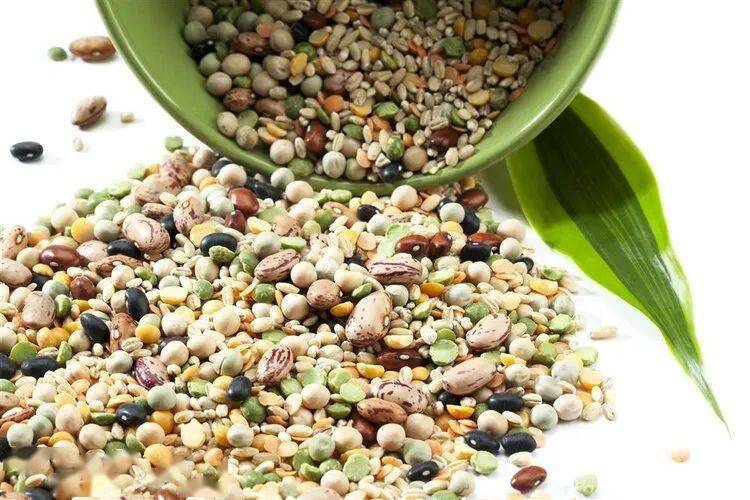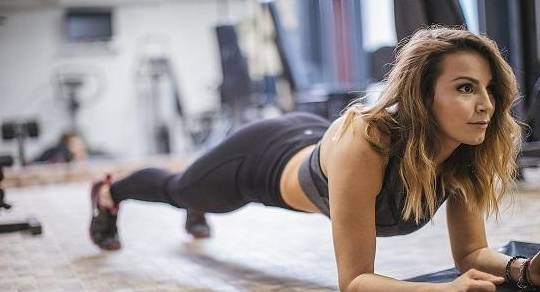Which is easier to build muscle on, big weights or small weights? Most people are doing it wrong

Nowadays, more and more people are becoming aware of the importance of muscle training, whether women want to have a shapely butt or men desire to have strong unicorn arms and inverted triangle body, they all need to do muscle training. However, when it comes to strength training, many people are confused: which is better for building muscles, big weights or small weights?How muscles get bigger.The principle of muscle enlargement is that the muscle tissue is sufficiently stimulated and loaded during intense training to trigger an adaptive change in the muscle cells, resulting in muscle hypertrophy. This adaptive change is mainly caused by an increase in the thickness and number of myogenic fibres.
The loading of the muscle tissue during high intensity training can lead to small tears and damage to the myogenic fibres. This damage to the muscle tissue triggers an inflammatory response in the body and the activation of cellular repair mechanisms. During this process, myogenic fibres begin to divide and increase in number, while intracellular protein synthesis increases in order to restore the structure and function of the muscle tissue.
In addition, damage to muscle cells and the inflammatory response also trigger the release of bioactive substances such as androgens, growth hormones and muscle growth factors. These substances promote muscle protein synthesis and thus accelerate muscle growth and repair.
Therefore, only in the case of high-intensity training is the muscle tissue sufficiently loaded and stimulated, which in turn triggers adaptive changes in the muscle cells and the effect of muscle hypertrophy.
However, changes in muscle shape are not only brought about by muscle hypertrophy, but are also influenced by genetics, diet, age, gender and other factors. Therefore, when training for fitness, one needs to develop a sensible training programme that includes a targeted exercise regime and a sensible diet in order to obtain better muscle hypertrophy results and changes in body shape.
In muscle training, there are many people who are confused about whether to use large or small weights. However, some studies have shown that the volume of muscle training is the key determinant of muscle growth, rather than the amount of weight used. Whether you use large or small weights, as long as the training volume is the same (training weight multiplied by total reps), you will be able to achieve the same muscle hypertrophy results.
Of course, this does not mean that weights are not important. For building muscle strength, training with high loads is more effective than training with low loads. Therefore, choosing the right training load, combined with adequate training volume, is the key to muscle training.
Training volume is one of the key factors influencing muscle growth, and we can actually achieve the same amount of training volume by using many different combinations of weights and reps. Studies have shown that large weights and small weights have essentially the same effect on muscle growth when the training volume is the same. Therefore, keeping the training volume on an upward trend, rather than increasing it every time, is the key to muscle growth.
In multi-joint compound movements, training with high weights and low reps is effective in promoting muscle strength growth. Whereas in single joint isolation movements and in multi-joint compound movements where large weights are difficult to use, training with small weights and high reps reduces stress on the joints and allows for safer accumulation of training volume.
In addition to the combination of weights and reps, the quality of the movement pattern has a direct impact on training results and risk. Therefore, it is vital to polish movement patterns repeatedly.
To sum up, with the right mix of weights, reps, training volume and movement patterns you can maximise your training results and thus get into better shape!



